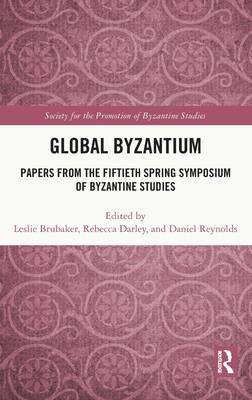
- Retrait gratuit dans votre magasin Club
- 7.000.000 titres dans notre catalogue
- Payer en toute sécurité
- Toujours un magasin près de chez vous
- Retrait gratuit dans votre magasin Club
- 7.000.0000 titres dans notre catalogue
- Payer en toute sécurité
- Toujours un magasin près de chez vous
Global Byzantium
Papers from the Fiftieth Spring Symposium of Byzantine Studies
320,95 €
+ 641 points
Description
Global Byzantium is, in part, a recasting and expansion of the old 'Byzantium and its neighbours' theme with, however, a methodological twist away from the resolutely political and toward the cultural and economic.
Spécifications
Parties prenantes
- Editeur:
Contenu
- Nombre de pages :
- 424
- Langue:
- Anglais
- Collection :
Caractéristiques
- EAN:
- 9780367260149
- Date de parution :
- 29-07-22
- Format:
- Livre relié
- Format numérique:
- Genaaid
- Dimensions :
- 156 mm x 234 mm
- Poids :
- 798 g

Les avis
Nous publions uniquement les avis qui respectent les conditions requises. Consultez nos conditions pour les avis.





